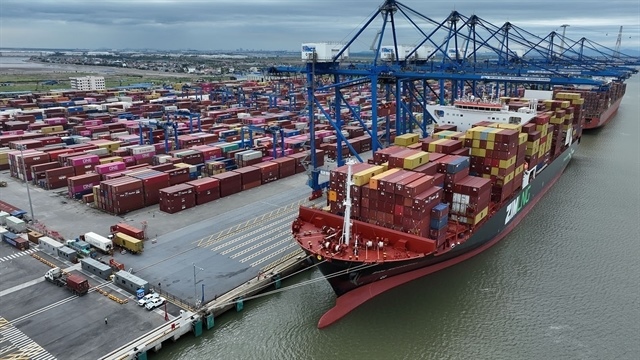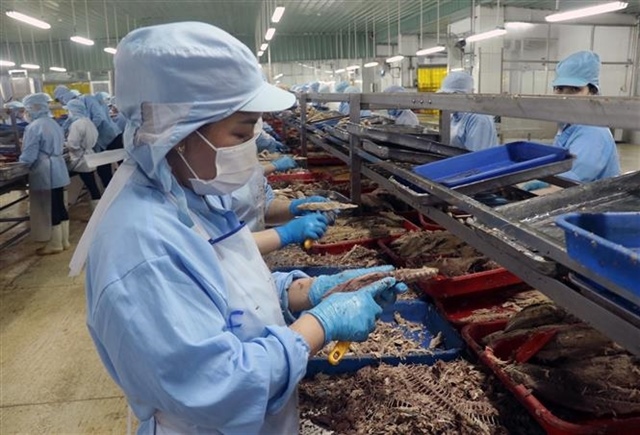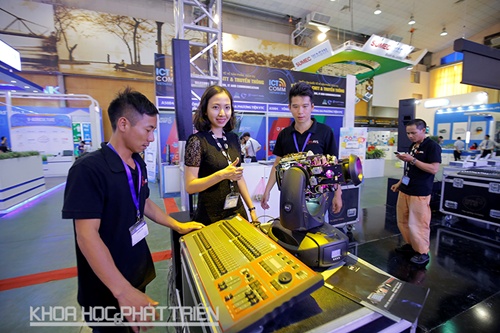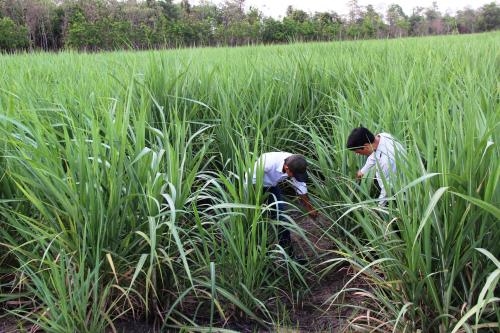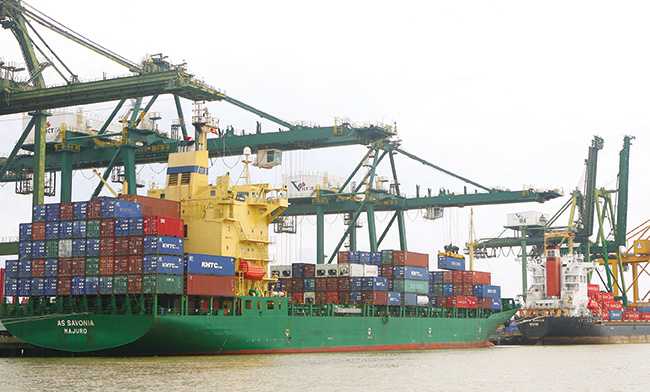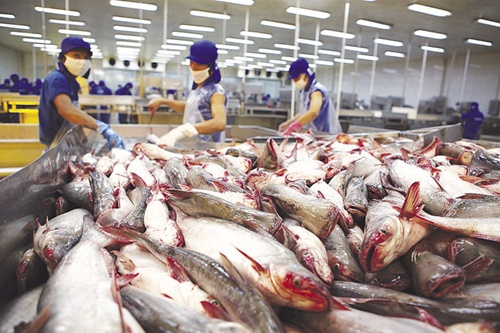Textile firms propose wage freeze
Textile firms propose wage freeze
Local textile and garment enterprises are at risk of missing their export target for 2016 due to reduced competitive ability and lack of export orders, said experts who spoke at a conference of Viet Nam Textile and Apparel Association (VITAS) late last week in Ha Noi.
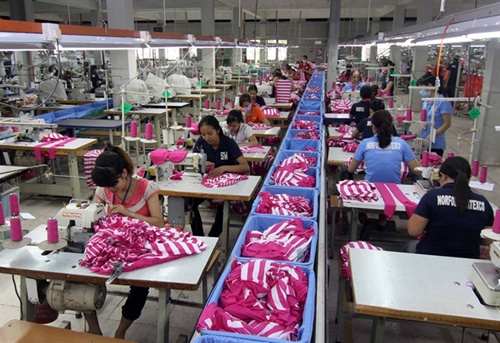
Viet Nam's currency policy vis-a-vis the US dollar has remained stable, while competitors in textile and garment products such as India, Bangladesh, ASEAN countries and China, have devalued their currencies, increasing their export competitiveness, said Truong Van Cam, deputy chairman of VITAS.
In addition, interest rates on banking loans are high - between 8 and 10 per cent, making capital more expensive for local enterprises, he said.
Other factors impacting the reduced competitive ability are the minimum wage, which has risen an average 26.4 per cent per year for local enterprises and 18.1 per cent each year for enterprises with foreign investment in the period of 2008-16.
The increases in minimum wage also entail increased payments of insurance and union dues, further burdening enterprises, according to VITAS.
The association reported that Viet Nam's garment and textile export value in the first half of this year reached US$12.6 billion, an increase of 4.72 per cent over the same period last year, accounting for 41 per cent of the sector's annual target for 2016.
The growth in the industry's export value was largely attributed to foreign direct investment (FDI) firms, while local firms had difficulties getting new export contracts, especially orders of shirts, trousers and jackets, said the association.
It warned that the lack of export orders could worsen and many small- and medium-d firms may have to shut down. Therefore, VITAS predicted the industry might earn only $29 billion from exports this year, down $2 billion from the set target, if the situation does not improve.
To solve those difficulties, VITAS proposed that the Government not increase minimum wage in 2017 and only increase it once every two or three years to create favourable conditions for competition.
Other experts at the conference also urged local textile and garment firms to invest in modern technology for the production of yarn and fabric. High-tech machinery could produce higher quality products, especially fabric for export, reported cafef.vn - a local online newspaper.
However, few local enterprises have invested in the production of yarn, textile and dying because they have large investments in building production and waste water treatment facilities, said Phi Ngoc Trinh, deputy general director of Ho Guom Garment Company.
Administration reform
Local textile and garment enterprises also proposed reducing the frequency and time it takes to check garment materials for customs clearance as a means to increase production and competitiveness.
Cam said at a recent meeting between VITAS and the Ministry of Justice's Department for Control of Administrative Procedures that many local textile and garment enterprises have complained about the number of procedures for import and export of textile and garment products.
For instance, despite having animal quarantine and origin certificates from exporting countries that are members of CITES (Convention on International Trade in Endangered Species of Wild Fauna and Flora.) for fox fur, feathers and bear fur for processing export jackets, local garment enterprises are still required to get import licences according to domestic regulations. The procedure takes six to 10 days, according to the VITAS representative.
The association has asked the Ministry of Agriculture and Rural Development to reduce administrative procedures for quarantine of fox fur, feathers and bear fur if the enterprises have had animal quarantine and certificates of origin of export countries, Cam said.


